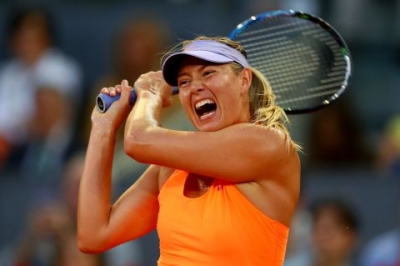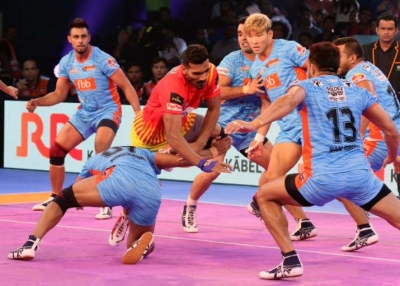
Use of banned substances and doping to enhance performance to gain an edge over rivals. Employing tools like a sandpaper to rub on a cricket ball to make its swing more pronounced, thereby making batting more difficult. Accepting money for spot-fixing or even fixing the outcome of a game. If you think about what links all these different things, it is the fact that these are all forms of cheating prevalent in sports, even at the elite level.
The mentality of winning at all costs through your own performance is a good one to have, both individually and as a team. But when that same mentality pushes you to the brink and makes you adopt malpractices, then it is definitely wrong.
Even though there are checks and balances already in place in most elite sports, this hasn’t been enough. Be it bans that prevent participation for a fixed number of years or even a lifetime, it still hasn’t proven to be foolproof.
The allure of winning at the greatest of stages is one that might push even the best-intentioned to wrongdoings. It is therefore important to educate from a very young age on the importance of playing clean, regardless of what sport it is.
The reputation of professional cycling as a sport was battered when the repeated doping offences of U.S. cyclist Lance Armstrong, once considered an icon in the sport, was proved beyond doubt. Here, a 30-foot effigy of the disgraced American cyclist burns during Bonfire Night celebrations in Edenbridge, south east England in November 2012.
Most elite athletes grow up spending countless hours in their chosen field, losing out on other standard rounded education that most of us undergo. This does come at a cost at times, as implications of a wrong move might not be fully understood before it is done. Apart from ruining their own reputation, that of the sport in which they are involved also takes a huge beating when an individual or a team resorts to cheating to gain an advantage.
What we can do is to keep driving at the message that victory is worthy only if it is attained in the right way. By playing it clean, irrespective of the level at which you are playing the sport, you display gamesmanship that is often remembered, even if in a losing cause. Victories are important, yes. But only when it is attained without bending the rules.
Nurture the young stars
Despite our burgeoning reputation as a powerhouse in a number of sports, India as a country is still lacking and lagging in many others. While the lack of skill might be a reason, it doesn’t paint the complete picture.
It is hard to accept that for a country of our size and population, we do not have enough competing at the highest level in many sports. We can make progress in this if we are able to identify talent at a young age and groom them.
In India, there is sometimes a strong emphasis on education, even if it is at the cost of other skills. Without the right backing, many youngsters talented in sports and arts have had to stick to academics. Within sports too, the focus has been in a few select ones, like cricket.
By widening our view as a society, we can make steady improvement. If you are good in a sport and wish to pursue it, you are bound to do better if you feel encouraged to do it. When this goes along with the financial and infrastructural backing of the government and the corporates, then chances are that a new star will be born!
Picture Credit : Google





